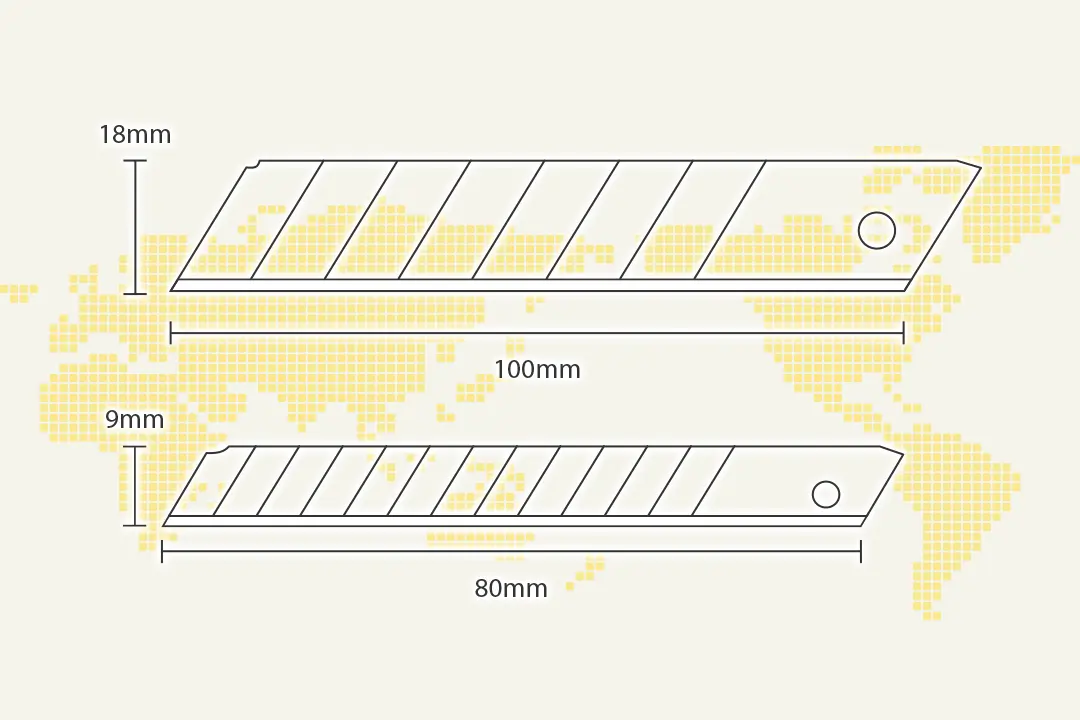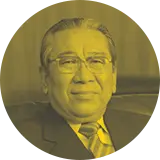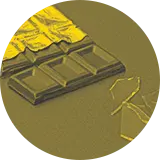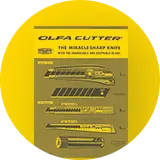
01
Inventor of
the Snap-off Blade Cutter Knife
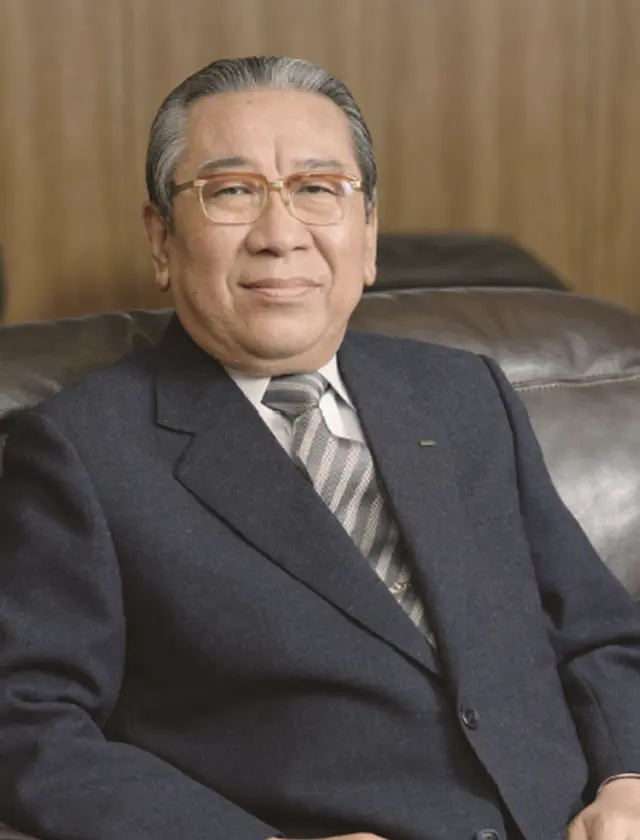
Yoshio Okada 1931-1990
| 1931 | Born in Osaka |
|---|---|
| 1944 | Graduated from Minami-Oe National School |
| 1956 | Invented the snap-off blade cutter knife |
| 1967 | Established Okada Kogyo Co., Ltd., predecessor of OLFA Corporation |
| 1986 | Received Yellow Ribbon Medal for inventing and popularizing the snap-off blade cutter and knives. |
Hobbies: Knife collecting, travel, painting
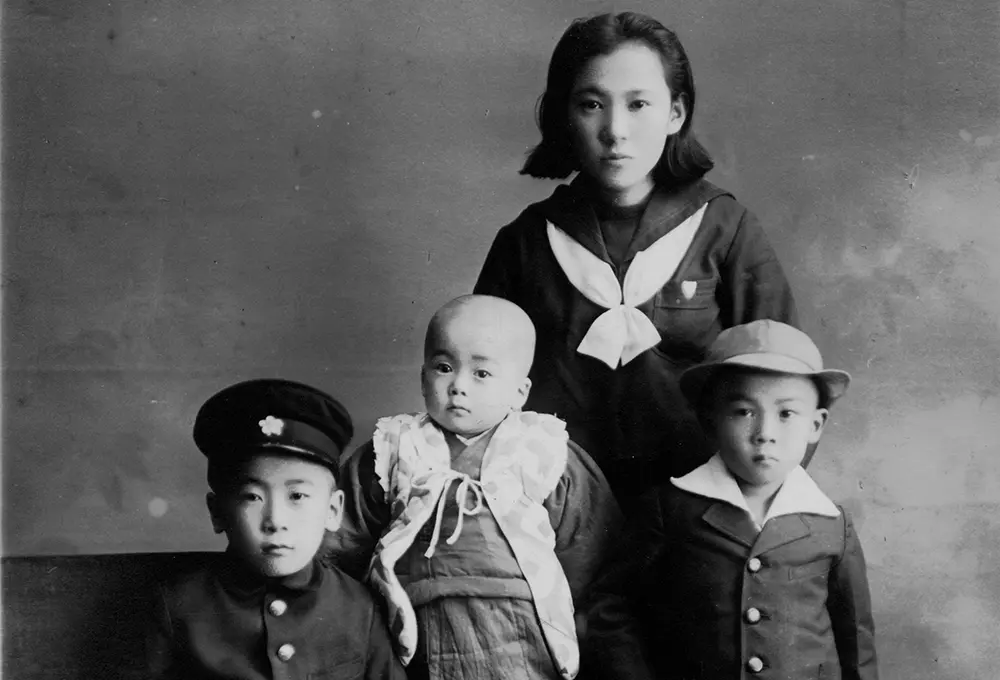
Yoshio’s family was in the paper cutting business, which could be a reason why he was a boy who loved knives. He would pick up broken saws and other tools for cutting metal in front of a local bicycle store, sharpen them, change them into whatever shape he wanted, and make them into his own tools. He experienced various jobs such as electrical work and machine repair, and invented the “snap-off blade cutter knife” while working at a printing company. He was very disappointed that Japanese-made Western-style knives at the time were made of inferior materials compared to German and Swedish-made cutters, and that their sharpness was not as good. These reasons are what led him to invent the snap-off blade cutter knife. Researching day and night, he finally invented the snap-off blade cutter knife, a hand cutting tool originating in Japan that successfully solved the shortcomings of the Japanese-made knives back then.
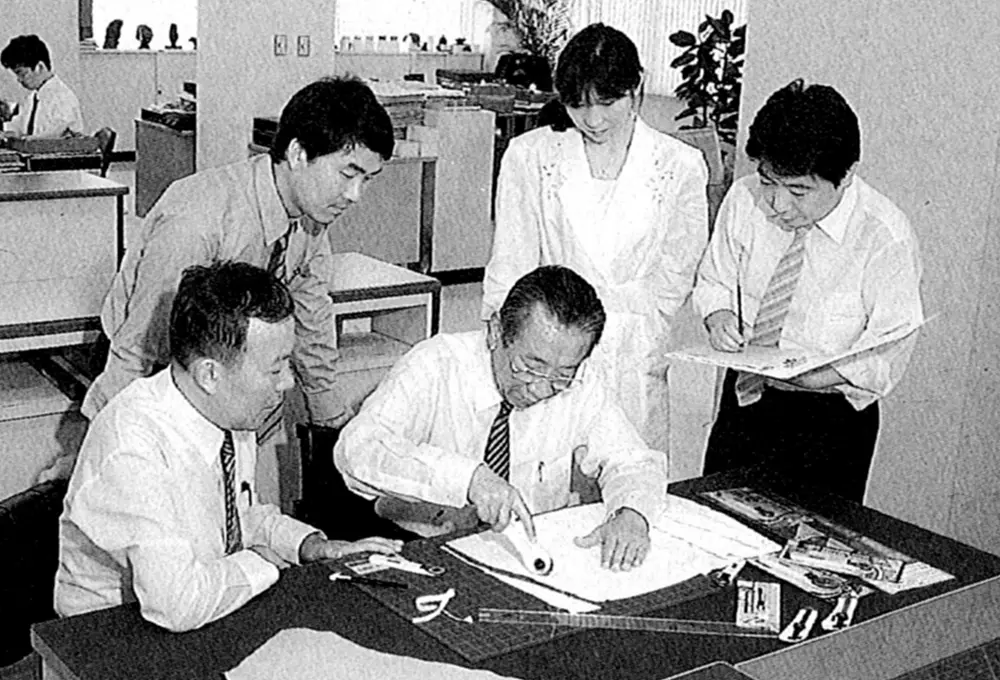
Despite his lack of academic background, Yoshio was a man of outstanding originality and creativity, and he took the lead in the company, serving as the driving force and impetus for all employees and earning him great respect both inside and outside the company.
He later said that making cutting and hand tools was his true calling, and he continued to work with his colleagues with a determination to devote his entire life to it.
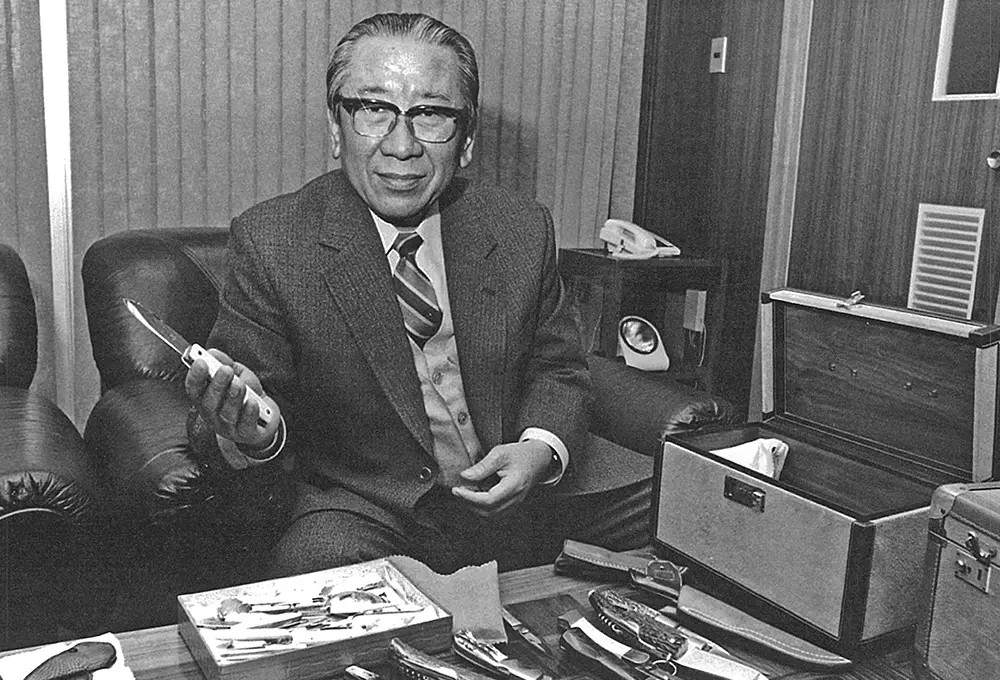
He was determined to spend the rest of his life working together with his brothers and employees, and in this way he shaped the sincere, proactive, and energetic corporate culture of OLFA Corporation.
The snap-off blade cutter knife, an invention of the century, quickly spread around the world and continues to be used by many people today, thanks in part to the company’s commitment to high quality.
02 Thinking outside the box
Dawn
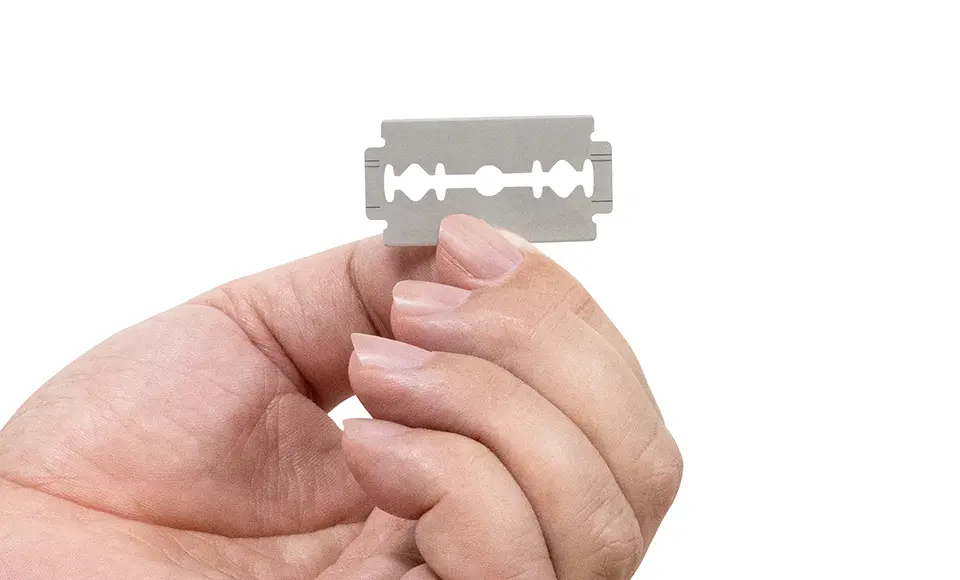
One day Yoshio received a consultation from his younger brother, Saburo, who worked at another printing company in Osaka.
Brother, which knife do you think is best for cutting paper?
In those days, at printing companies using a razor blade to cut paper was common. However, it was dangerous to pinch the blade directly with fingers and wasteful to throw away the whole blade when the knife point became dull.
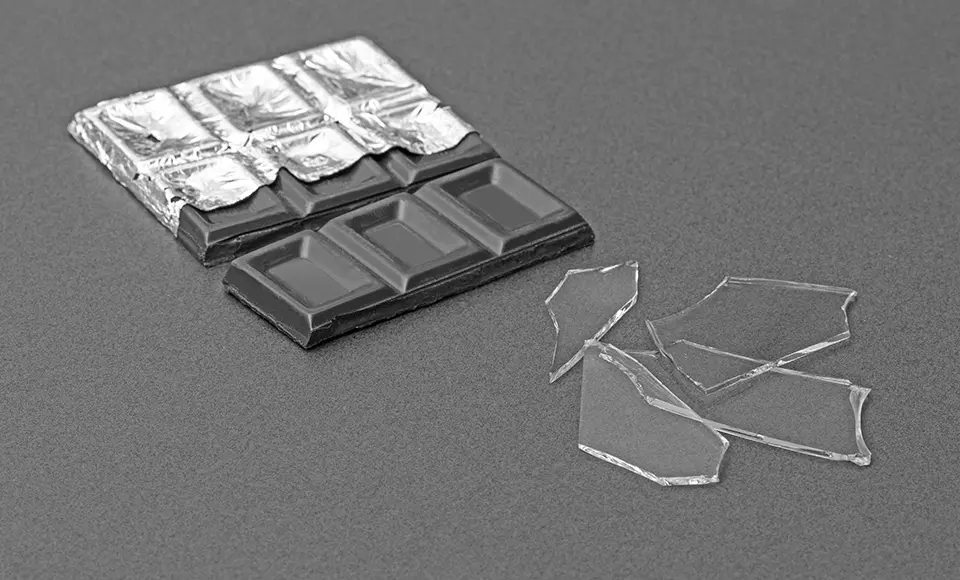
Knowing that shoemakers on the street used shards of glass to shave the soles of their shoes instead of blades and broke them with a stone for a new edge each time they became blunt, Yoshio came up with an idea. As his youth years were after WWII, Yoshio remembered the chocolate bars that American soldiers used to have. He thought, “Well, I could snap-off blades along broken lines like a chocolate bar, and when blades become dull, I can just snap it off and use the new cutting edge over and over again with a single blade!
This was the dawn of the story of how the snap-off blade cutter knife spread around the world.
Birth
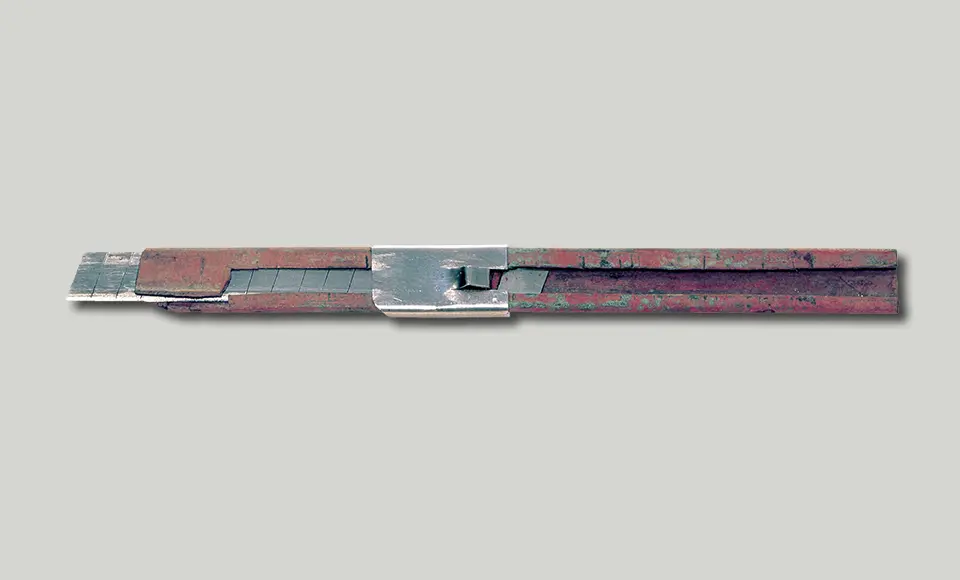
Yoshio, who was confident in his idea, was convinced of the success of his new cutter knife when he heard a statement at the then Industrial Research Institute that “80% of knife usage is with the tip,” and began working on a prototype. Through repeated trial and error, he found the answer to the question of the pitch and depth of the break lines, ideal hardening, the precision of grinding, and the “59-degree” angle of the blade, which is still the current worldwide de facto standard. Through trial and error, Yoshio completed the world’s first “snap-off blade cutter knife” prototype in 1956, which was approximately 13 cm-long, 1 cm-wide, and had break lines in increments of 5 mm.
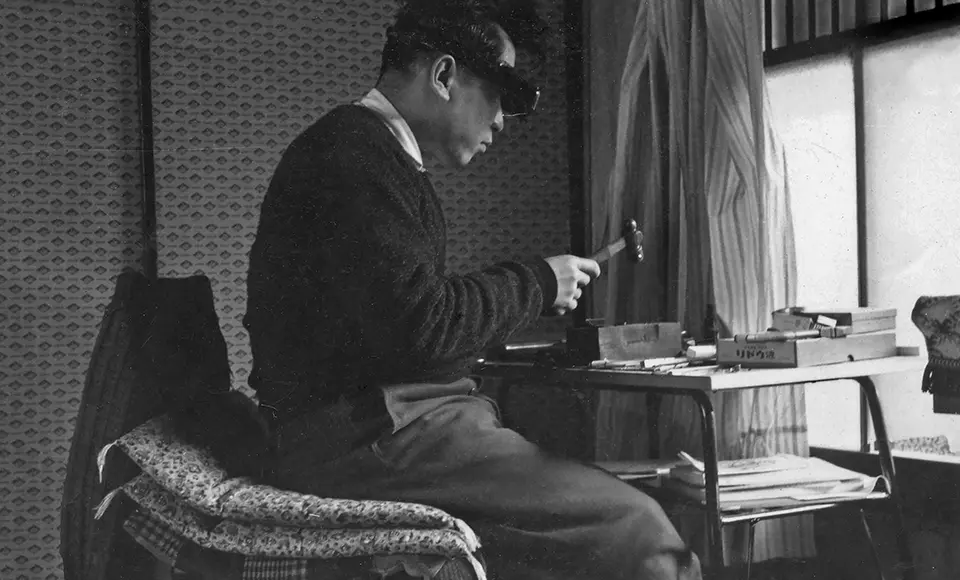
He then obtained the utility model (later patented), but did not have the funds to manufacture the products, so he asked major manufacturers if they were able to manufacture the products for him. However, none of them would take up on his offer, saying, “A blade is no good if it breaks,” and “You can’t sell this kind of thing even if you make it.
Yoshio had no choice but to make his own cutter knives with his own funds. He set about making cutter knives. However, the 3,000 pieces he ordered from a small press factory in the neighborhood were unevenly finished and included many defective pieces that blades could not pass through the blade channels. Yoshio said, “We have no choice but to make the corrections ourselves.” With pliers, pincers, and files in hand, he made all the corrections one by one and finished the 3,000 cutter knives in three months; the world’s first snap-off blade cutter knife was born.

03
Origins of
OLFA and OLFA Yellow
Snap-off Blade and OLFA
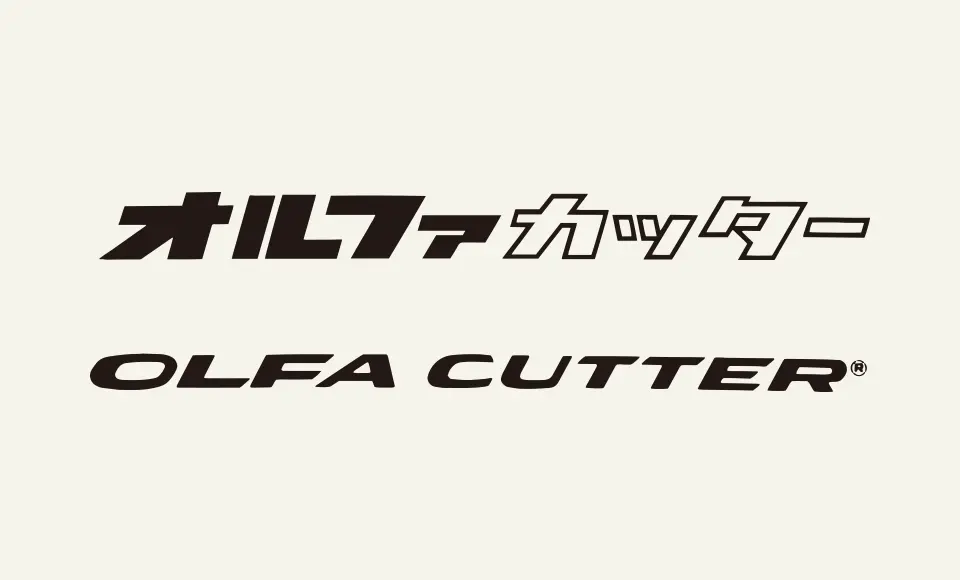
Snap-off Blade and OLFA
On June 8, 1967 Yoshio established Okada Kogyo Co., Ltd. with his three younger brothers: Saburo, Shiro, Hiroshi, and Yoshio’s wife, Teruko. The name “OLFA” which later became the company name, first appeared here. “OLHA” in Japanese means to break a blade, but because some countries do not pronounce “H”, they decided to replace with “F” and chose “OLFA” as the brand name. Yoshio was convinced that his snap-off blade cutter would be accepted worldwide with time, so he decided on this name.
17 years later, in 1984, the company changed its name to the current OLFA Corporation.
The OLFA Yellow
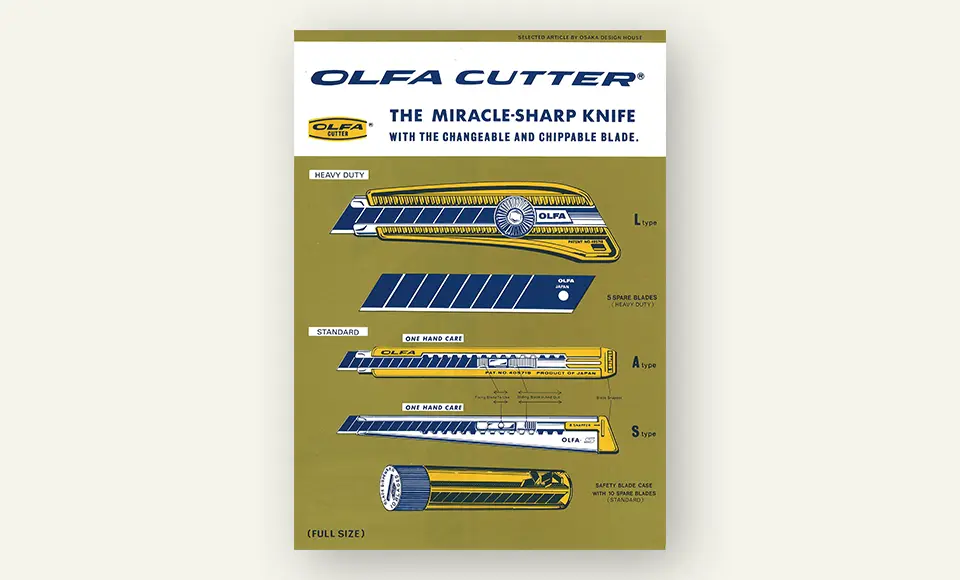
at that time showing the 18mm and 9mm models
The OLFA Yellow
At the time when snap-off blade cutter knives were invented, all tools were colorless and inorganic. Among tools, cutting tools needed to be handled with particular care. Therefore, Yoshio adopted the what-we-call OLFA Yellow for the first time for models “A” and “L” released in 1967, with a hope that the yellow color would stand out even in a tool box and prevent accidental injuries with cutter knives. The shade of yellow they chose was a warm yellow, like the yolk of an egg.
For cutting tools, the quality of the tool contributes greatly to the safety of users. OLFA’s commitment to quality is based on the utmost importance placed on safety, and this desire is reflected in its corporate color, OLFA Yellow.
04 From Japan to the World
Rotary Cutter
The snap-off blade cutter is not the only tool Yoshio introduced to the world.
In the 1970s, OLFA released a product called “MARU CUTTER” as a cutter knife for cutting cloth. A circular blade was clamped between rubber discs, and the rubber held the fabric in place while cutting. This structure was inspired by car tires, but the circular blade at that time was not designed to cut by rolling the blade itself, but rather by turning it slightly and switching to a new sharp edge when it became dull, an idea similar to that of a snap-off blade cutter knife. However, the blade edge could not be seen, which made it difficult to operate in the desired line of cutting. Yoshio strongly felt the need for improvement, so he went through a process of trial and error, such as adding a long grip.
Then, in 1979, 23 years after the birth of the snap-off blade cutter knife, the world’s first “Rotary Cutter” was born, with a long grip on the body and the ability to cut while rolling the blade. The dial engraving on the rotary blade is a remnant of the MARU CUTTER. After its release, the rotary cutter gradually began to penetrate quilters in North America and is now, like the snap-off blade cutter knife, the cutter of choice for cutting cloth all over the world.
Rotary Cutter
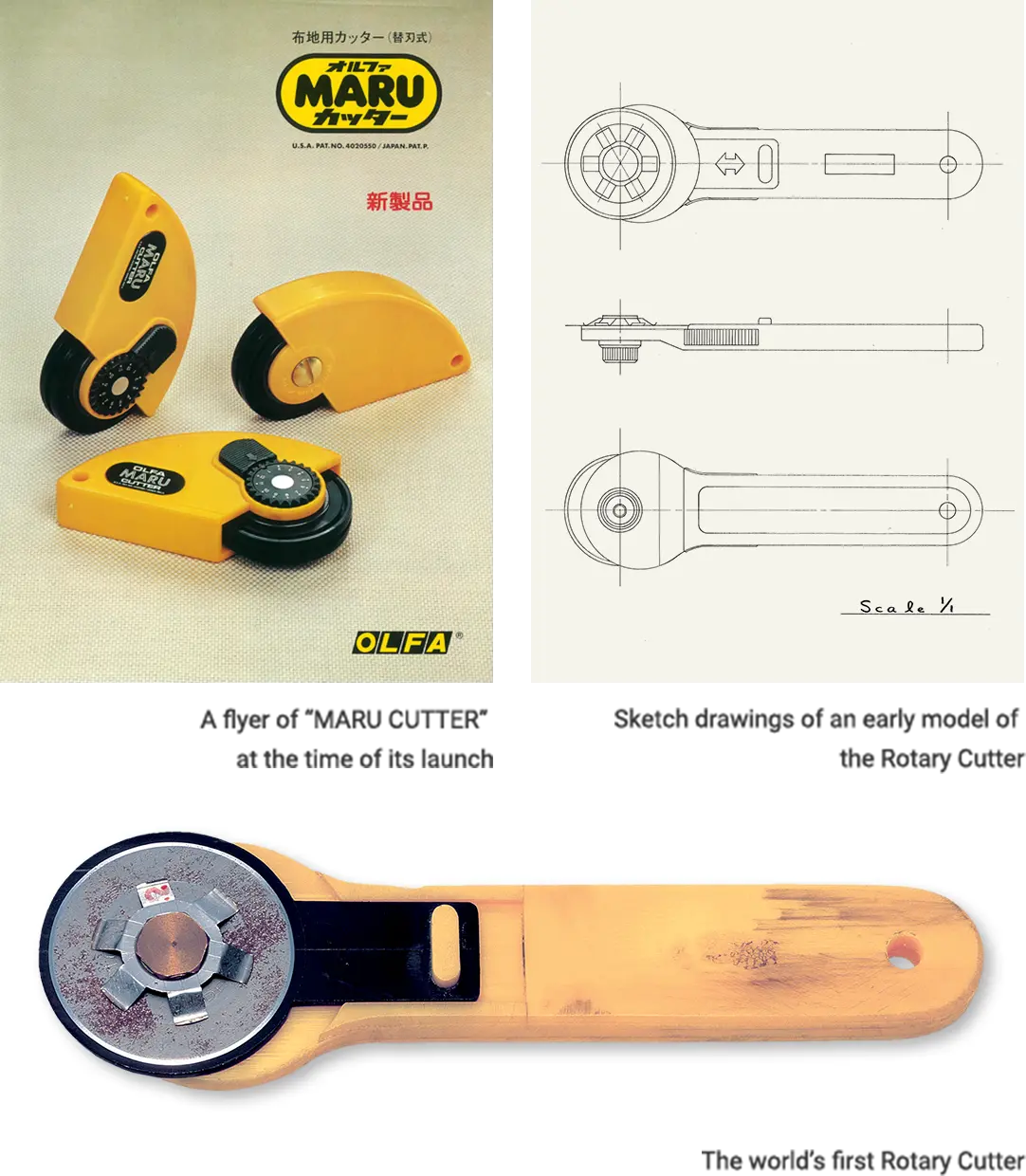
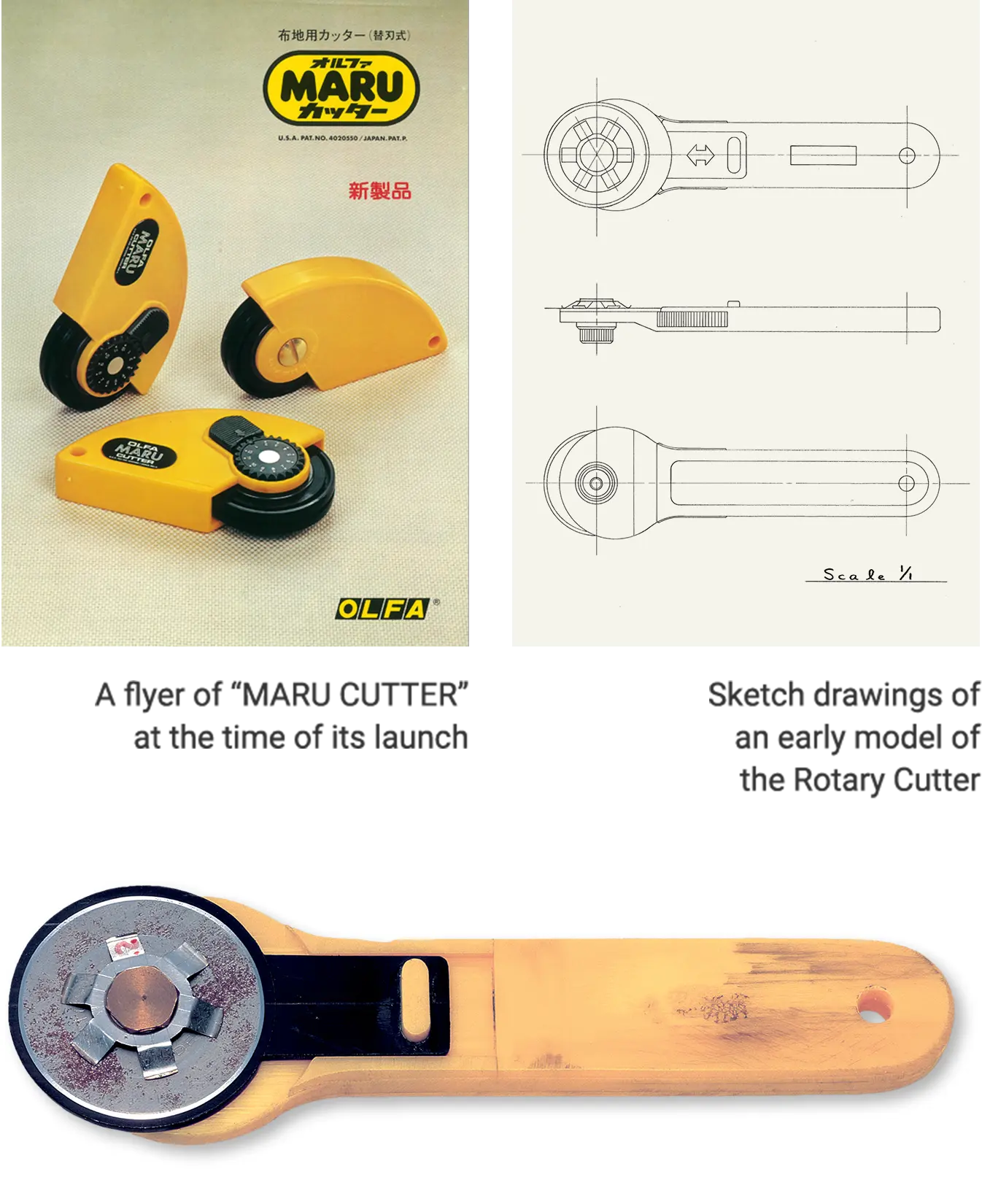
De Facto Standard
At the time of its release, the snap-off blade cutter knife invented by Yoshio was patented only in Japan. Therefore, major overseas tool manufacturers began manufacturing snap-off blade cutter knives based on the same standard and entered the market. Ironically, as a result, it helped spread the existence and convenience of the snap-off blade cutter knife throughout the world. The angle of the blade break lines and the blade widths determined by Yoshio at that time are now the global standard for snap-off blades (=de facto standard).
Today, OLFA cutter knives are exported to more than 100 countries around the world.
There are more than 100 types of products currently on sale. Numerous manufacturers produce cutter knives today, but OLFA continues to lead the market as a pioneer.
De Facto Standard
